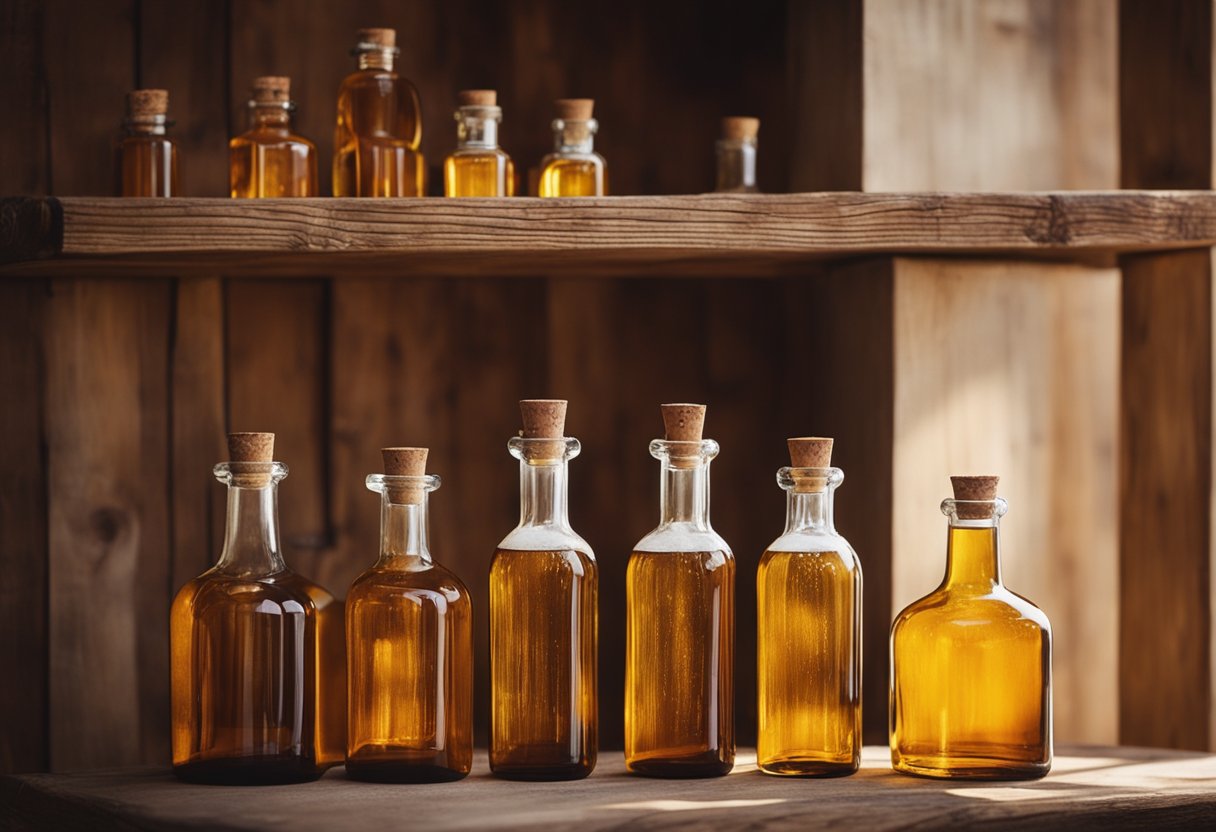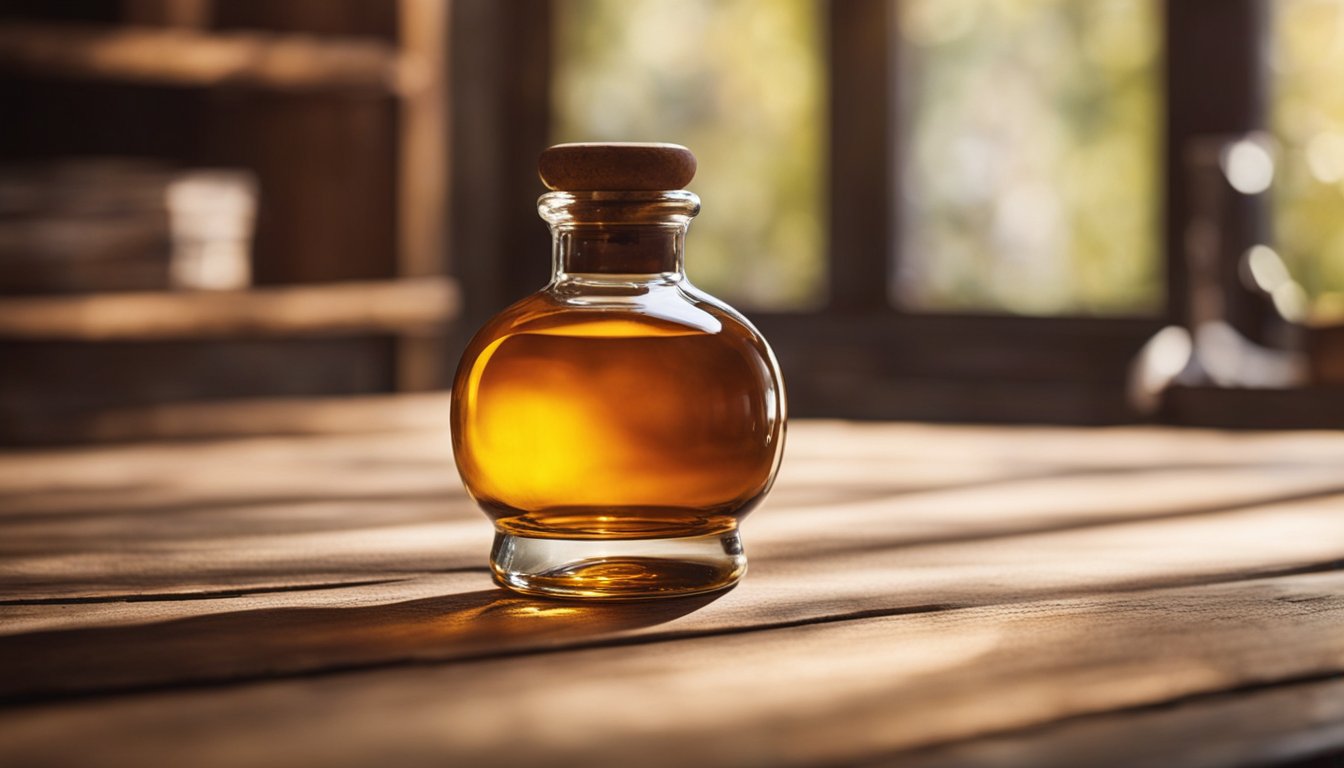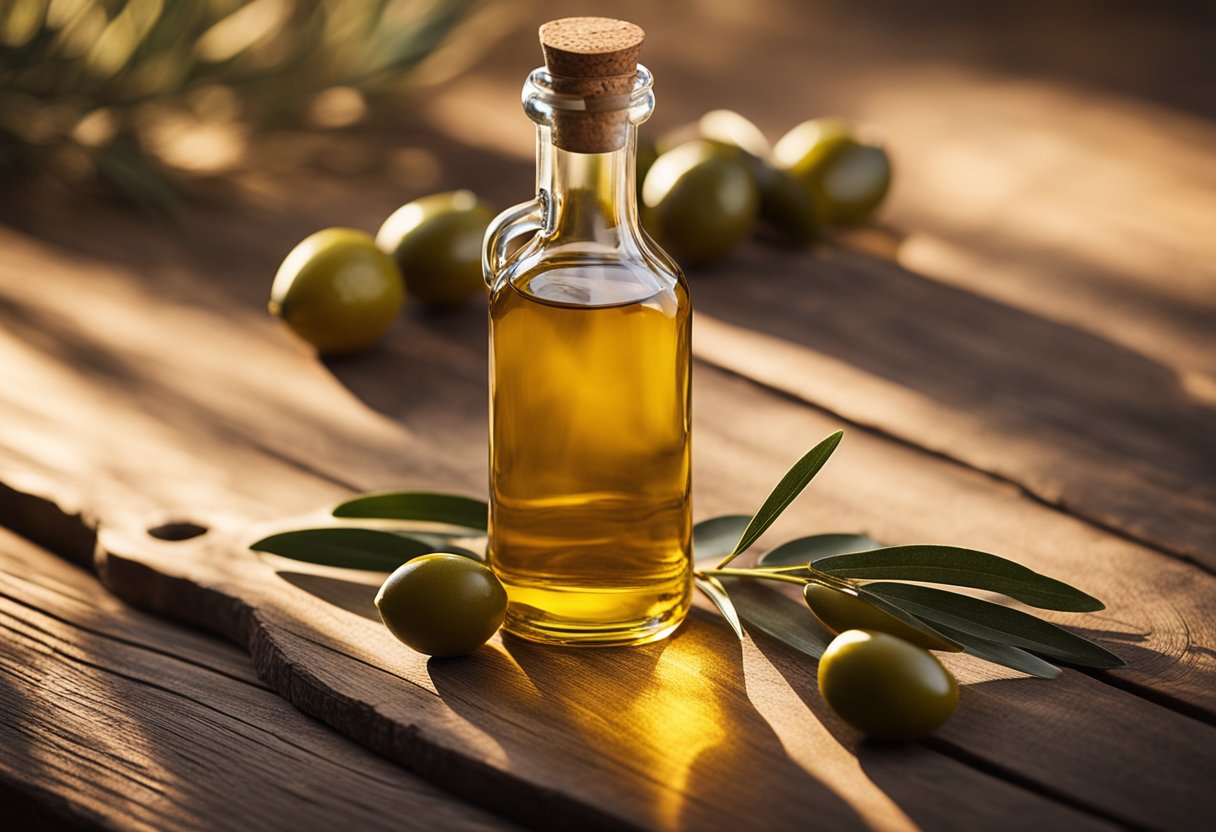If you’re in the market for a spirit bottle, you’re in luck. There are many options available to suit your needs, whether you’re a craft distiller looking for a unique bottle to showcase your product or a consumer looking for an aesthetically pleasing addition to your home bar. Spirit bottles come in a variety of shapes, sizes, and materials, so it’s important to consider your specific needs when making a selection.

One of the most popular materials for spirit bottles is glass. Glass bottles are durable, easy to clean, and offer a classic look that is perfect for showcasing the color and clarity of your spirits. They come in a range of sizes, from small 50ml bottles to large 1.75L bottles, and can be customized with a variety of closures, including cork, screw cap, and synthetic cork. Glass bottles are also a great option for those who want to add their own labels or branding, as they provide a clear canvas for customization.
History of Spirit Bottles

Ancient Origins
The origins of spirit bottles can be traced back to the ancient city of Uruk in Mesopotamia, around 3,700 BC. The first glass bottles were small, less than 5 inches tall, with thick uneven walls, indicating that they were free-blown by early artisans who were just learning the new craft of glass forming. These early bottles were used to store precious liquids such as perfumes and oils.
Over time, the art of glassmaking spread throughout the ancient world, and glass bottles became more common. The ancient Egyptians, Greeks, and Romans all used glass bottles to store liquids, including wine, oil, and perfume. Glass bottles were also used to store medicines and other remedies.
Evolution Through Centuries
As glassmaking techniques improved, so did the design and functionality of glass bottles. By the Middle Ages, glass bottles were being used to store spirits such as brandy and gin. These bottles were typically made with a long neck and a bulbous base, which helped to trap the sediment that formed during the distillation process.
During the 18th and 19th centuries, glass bottles became more ornate, with intricate designs and decorations. Many bottles featured embossed logos or labels, which helped to distinguish one brand from another. Some bottles were even made with colored glass, which added to their visual appeal.
Today, glass bottles are still the most common type of container used to store and transport spirits. They are available in a wide variety of shapes and sizes, from small flasks to large jugs. Many bottles are still made with embossed logos or labels, while others feature modern designs and graphics.
Overall, the history of spirit bottles is a long and fascinating one, filled with innovation and creativity. From their humble beginnings in ancient Mesopotamia to their current popularity around the world, glass bottles have played an important role in the storage and transportation of spirits for thousands of years.
Types of Spirit Bottles

When it comes to spirit bottles, there are different types and designs available in the market. Each type has its unique characteristics and features that make it stand out from the rest. Here are some of the most common types of spirit bottles you can find:
Glass Bottles
Glass bottles are the most common type of spirit bottles. They are affordable, durable, and easy to produce. They are also versatile and can be molded into different shapes and sizes. Glass bottles are transparent, which makes it easy to see the contents inside. They are also easy to label, and the labels are easy to read. Glass bottles are available in different colors, including clear, green, and brown. The color of the glass can affect the taste of the spirit inside.
Crystal Bottles
Crystal bottles are more expensive than glass bottles, but they are also more elegant and luxurious. They are made from high-quality crystal, which gives them a unique sparkle and shine. Crystal bottles are often used for premium and high-end spirits, such as cognac, whiskey, and vodka. They are also popular as gifts and collector’s items. Crystal bottles are available in different shapes and sizes, and they often come with intricate designs and patterns.
Novelty Bottles
Novelty bottles are designed to stand out from the crowd. They are often shaped like unique objects, such as skulls, guns, or animals. Novelty bottles are popular among collectors and are often used as decorations. They are not always practical for drinking, but they can be a fun addition to your collection. Novelty bottles are available in different materials, including glass, crystal, and ceramic.
There are different types of spirit bottles available in the market. Glass bottles are the most common type, while crystal bottles are more elegant and luxurious. Novelty bottles are designed to stand out and are often used as collectibles. The type of bottle you choose depends on your personal preference and the type of spirit you want to store or display.
Manufacturing Process
When it comes to manufacturing spirit bottles, there are a few key steps involved in the process. Here are the main steps you should know about:
Material Selection
The first step in the manufacturing process is selecting the right materials for the job. Most spirit bottles are made from glass, which is a popular choice due to its durability, clarity, and ability to be molded into a variety of shapes. Other materials, such as plastic or metal, may also be used in some cases.
Bottle Shaping
Once the materials have been selected, the next step is to shape the bottle. This is typically done through a process called blow molding, which involves heating the glass until it is soft and then blowing it into a mold to create the desired shape. The bottle is then cooled and removed from the mold.
Decoration and Branding
After the bottle has been shaped, it is time to add any necessary decoration and branding. This can include labels, embossing, or other decorative elements that help to make the bottle stand out on the shelf. In some cases, the bottle itself may be shaped or colored in a distinctive way to help it stand out from other bottles.
Overall, the manufacturing process for spirit bottles is a complex one that involves many different steps and considerations. By selecting the right materials, shaping the bottle carefully, and adding the right branding and decoration, manufacturers can create bottles that are both functional and aesthetically pleasing.
Labeling and Packaging
When it comes to spirit bottles, labeling and packaging are crucial components that can make or break a brand’s success. In this section, we’ll discuss the key principles of label design and regulatory compliance to help you create a standout product.
Label Design Principles
The design of your spirit bottle label should be visually appealing, informative, and reflective of your brand. Here are some key principles to keep in mind:
- Simplicity: A cluttered label can be overwhelming and confusing. Keep your design simple and focused on the essential information.
- Consistency: Use consistent branding elements such as font, color, and logo to reinforce your brand identity.
- Legibility: Make sure the label text is legible and easy to read, even in small font sizes.
- Uniqueness: Your label should stand out from the competition while still being true to your brand. Consider using unique materials or finishes to create a distinctive look.
Regulatory Compliance
In addition to design principles, it’s important to ensure that your spirit bottle label complies with all applicable regulations. Here are some key regulations to keep in mind:
- Alcohol Content: Your label must accurately display the alcohol content of your product.
- Health Warnings: Your label must include any required health warnings, such as “Drink Responsibly” or “Pregnant Women Should Not Drink Alcohol.”
- Brand Name: Your brand name must be clearly displayed on the label.
- Net Contents: Your label must accurately display the net contents of the bottle in both metric and US customary units.
By following these label design principles and regulatory compliance guidelines, you can create a standout spirit bottle that is both visually appealing and legally compliant.
Collecting and Valuation
When it comes to collecting spirit bottles, assessing rarity is essential. The age and quality of the bottle can play a significant role in determining its value. Older bottles with fewer surviving examples tend to be worth more than younger or more common bottles. Examine the materials, the quality of the glass, and any markings to help determine the age of the bottle.
Assessing Rarity
One way to assess rarity is to look for limited edition bottles. These bottles are often produced in small quantities and can be highly sought after by collectors. Limited edition bottles can be identified by their unique packaging, labeling, or design. Some limited edition bottles are produced to commemorate a special event or anniversary, while others are created to celebrate a particular spirit or brand.
Another way to assess rarity is to look for bottles that are no longer produced. These bottles may have been discontinued due to changes in production methods, changes in taste preferences, or changes in ownership. Discontinued bottles can be highly sought after by collectors, particularly if they are in good condition and have not been opened.
Market Trends
Market trends can also play a significant role in the value of spirit bottles. For example, the popularity of a particular brand or type of spirit can influence the value of its bottles. In recent years, there has been a growing interest in craft spirits, which has led to increased demand for bottles from smaller, independent distilleries.
Another market trend to consider is the growing interest in vintage bottles. Vintage bottles can be highly sought after by collectors, particularly if they are in good condition and have not been opened. Vintage bottles can also be more expensive, as they are often rarer and more difficult to find.
In conclusion, when it comes to collecting and valuing spirit bottles, assessing rarity and market trends is essential. By examining the age, quality, and rarity of a bottle, you can determine its value and make informed decisions about your collection.











